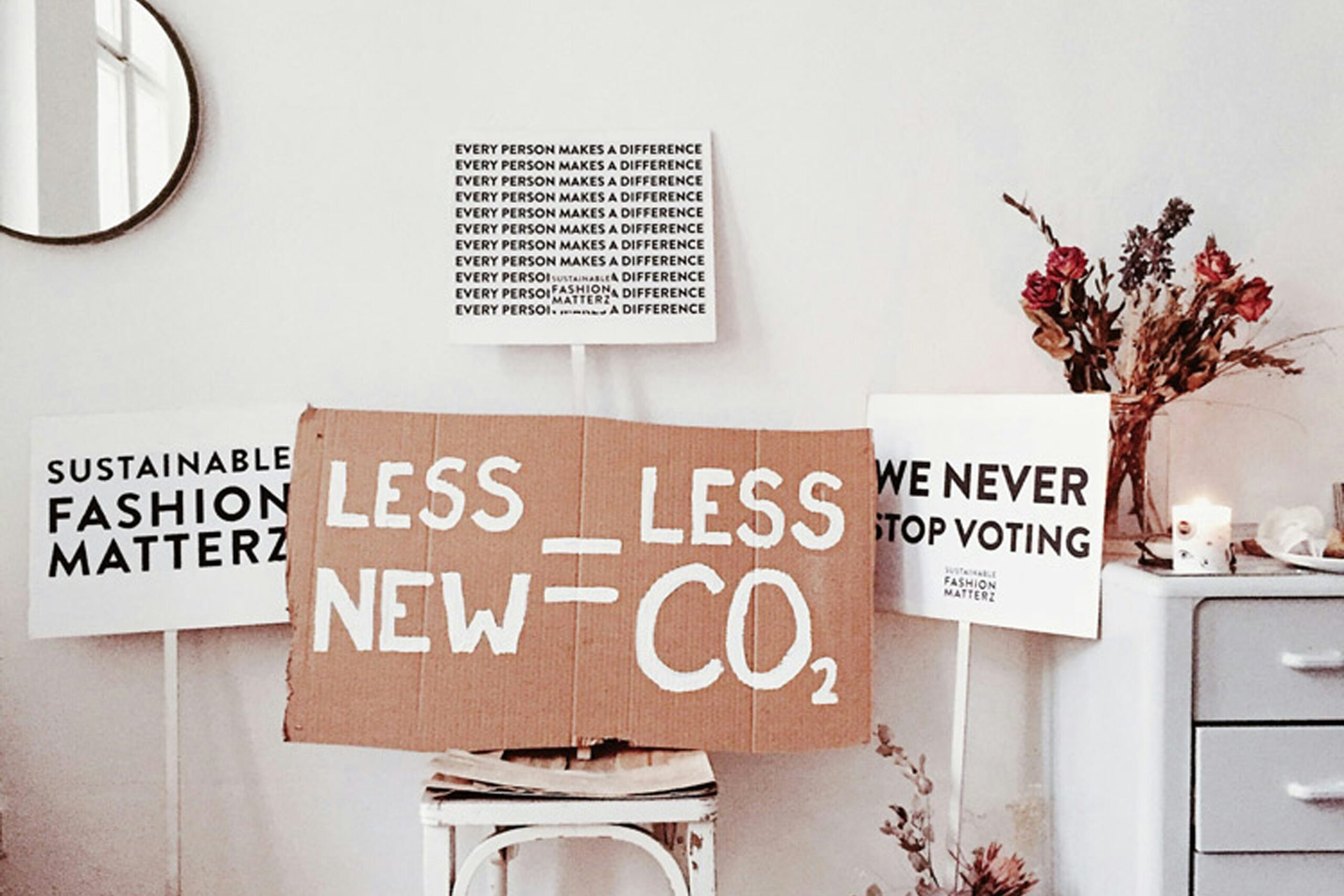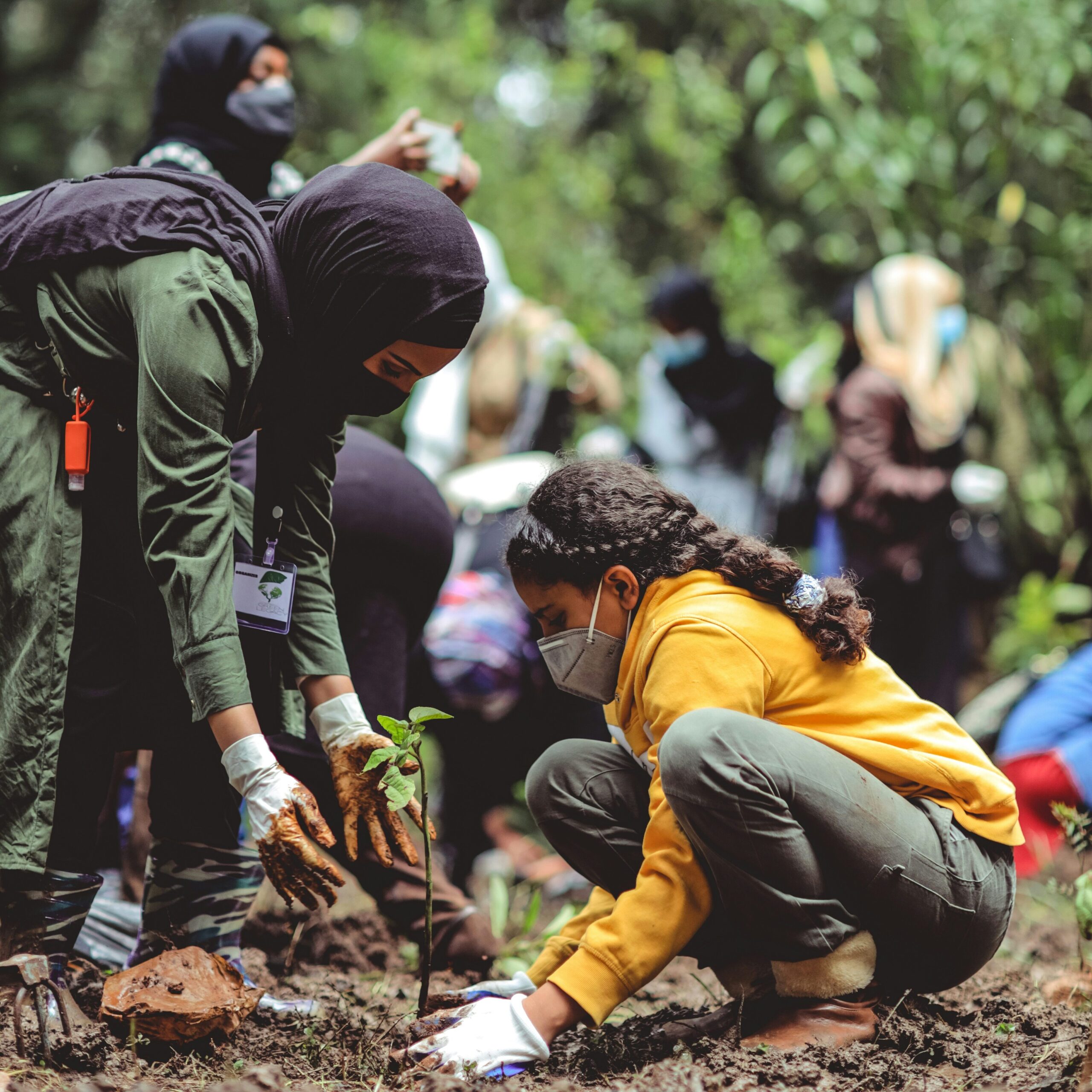
The Ultimate Guide to Living Sustainably in 2024
As we navigate the complexities of modern life, the importance of living sustainably has never been more apparent. The impact of our daily choices on the planet can’t be overstated.
BUT, fear not; you don’t need to overhaul your entire life to make a difference. Small, practical steps can lead to substantial positive changes. This 2024 guide will inspire and equip you with essential tips to adopt a greener lifestyle, proving that sustainable living is not only achievable but also incredibly rewarding.
Table of Contents
Starting Your Sustainable Living Journey
It all begins with embarking on a journey. The fact that you are reading this means that you are somehow already involved, willing to learn and make some adjustments in your daily habits. So, no matter what, you have already taken your first step.
Let’s dive into how you can kickstart your sustainable living journey with practical tips and essential strategies.
Step 1: Setting Achievable Sustainability Goals
Setting specific and measurable sustainability goals is a crucial first step in your journey. By defining clear objectives, you can track your progress effectively and stay motivated along the way.
You might have some long term, wider goals such as reducing your carbon footprint, and set underneath those some shorter-term goals, like choosing one of the activities you have this week to which you’ll walk or ride your bike to.
Goal setting provides you with a roadmap for your sustainability endeavors, it keeps it simple to implement and trace progress, and it can be a fun challenge to do as a family.
Step 2: Assessing Your Current Lifestyle Habits
Conducting a lifestyle audit allows you to evaluate your current habits and behaviors to identify areas where sustainable changes can be implemented. Take a closer look at your daily routines, consumption patterns, eating habits, which means of transport do you usually use, etc. By pinpointing areas for improvement, you can make meaningful adjustments that align with your sustainability goals.
Step 3: Creating a Personalized Sustainable Living Plan
This is where it gets Fun! Developing a personalized sustainable living plan tailored to your values and priorities is key to long-term sustainability success. Consider what aspects of sustainable living resonate with you the most and align with your core beliefs. Whether it’s embracing renewable energy sources, reducing single-use plastic usage, or supporting local eco-friendly initiatives, crafting a plan that reflects your values ensures a more meaningful and sustainable lifestyle.

Let’s say that one of your long-term goals is to go Plant-based, because you acknowledge the impact of the farming industry on the environment and you love animals, but currently, your favorite snack is cheese, and you don’t eat a great variety of veggies. That can look really overwhelming.
Start small, break down a list of smaller goals that will get you a foot in the journey. Here are some ideas:
- Search for information about the dairy industry and the products that you like the most, maybe you have on reach companies that will make their products in a more sustainable way, maybe there are some companies that you won’t want to buy from ever again. Information will reinforce the importance that hitting that goal has for you and will keep you on track.
- Try recipes for alternative cheese, making your own meal can be really fun, this kind of recipes are also good to “hide” ingredients that you wouldn’t normally eat. Most importantly, allow yourself to fail, allow yourself not to like something, try again, try something else, possibilities are endless, and it won’t become a habit right away, enjoy the process.
- Instead of cutting out from your diet, start by incorporating 3 new veggies this week. Instead of focusing on what you would be leaving behind, focus on what new flavors would you be winning. Keep incorporating new recipes until you have enough nutrients on your plate that feels safer to cut on some meat.
Sustainable Practices at Home
By incorporating simple yet impactful practices into your daily routine, you can significantly reduce your carbon footprint and contribute to a healthier planet. Let’s explore some practical and essential eco-friendly practices you can adopt within your household.
Transitioning to a Plant-Based Diet
Embracing a plant-based diet is not only beneficial for your health but also plays a crucial role in environmental conservation. By reducing meat consumption and incorporating more plant-based foods into your meals, you can lower greenhouse gas emissions, save water, and protect natural habitats. To make a smooth transition, consider exploring resources such as plant-based cooking guides, recipe books, and online communities that offer support and inspiration. Try experimenting with easy plant-based versions of meals that you like, like veggie stir-fries, homemade burgers or veggie crust pizza.

Energy-Efficient Home Upgrades
Transforming your home into an energy-efficient space can lead to significant savings on utility bills while promoting sustainability. Consider upgrading to energy-efficient appliances, installing solar panels, and integrating smart home technologies like programmable thermostats and LED lighting. These eco-friendly upgrades not only reduce your energy consumption but also minimize your environmental impact by decreasing reliance on fossil fuels. By investing in sustainable home improvements, you can create a greener living environment for yourself and future generations.
Waste Reduction Strategies
Implementing effective waste reduction strategies is a fundamental step towards sustainable living at home. Start by embracing practices such as composting organic waste, recycling paper, glass, and plastics, and minimizing the use of single-use plastics in your daily routines. By segregating waste, repurposing items, and opting for reusable alternatives, you can significantly reduce the amount of trash sent to landfills and contribute to a cleaner environment. Challenge yourself to adopt a zero-waste mindset and explore creative ways to repurpose materials, repair items, and make environmentally conscious purchasing decisions.

Switch to Eco-friendly Products
Making the switch from plastic and disposable household items to sustainable alternatives is a game-changer for both your home and the planet! Imagine trading those single-use plastic bags for chic, reusable grocery totes, or swapping out your plastic water bottles for sleek, stainless-steel ones. Sustainable items often last longer and perform better, making your daily routines more efficient and eco-friendlier. Embrace the green revolution and watch your home shine with a new, eco-conscious glow!

Incorporating eco-friendly practices at home is a rewarding journey that empowers you to make a positive impact on the planet while creating a more sustainable and harmonious living space for yourself and your loved ones.
Sustainable Practices Beyond the Home
Living sustainably goes beyond the walls of our homes and impacts the world around us. Let’s explore ways to extend our eco-conscious efforts beyond our living spaces.
Sustainable Transportation Options
When it comes to reducing your carbon footprint, opting for sustainable transportation options can have a positive impact on the environment. Consider alternatives such as biking, using public transit, carpooling, or switching to electric vehicles. By choosing eco-friendly modes of transportation, you can contribute to reducing air pollution and decreasing greenhouse gas emissions.
Ethical Shopping and Conscious Consumerism
Making informed purchasing decisions plays a crucial role in promoting sustainability outside the home. Practice conscious consumerism by supporting ethical brands that prioritize sustainable practices. Opt for products that are environmentally friendly and contribute to a circular economy. By being mindful of your shopping choices, you can help reduce waste, support businesses that align with your values and have a healthier household economy.

Community Engagement and Advocacy
Engaging with your community and advocating for sustainable initiatives are powerful ways to drive collective change. Consider volunteering for local sustainability projects, participating in environmental clean-up efforts, or joining advocacy groups that promote eco-friendly policies. By actively involving yourself in community-based sustainability initiatives, you can inspire others and contribute to building a more sustainable future for all.

Support Environmental Nonprofits and NGOs
Donate to or volunteer with organizations that work on conservation, climate change mitigation, and sustainability initiatives. These organizations often have the expertise and resources to tackle large-scale environmental issues.
Advocate for and Support Renewable Energy Projects
Encourage and support local and regional initiatives that promote the use of solar, wind, and other renewable energy sources. This can include voting for policies that favor renewable energy, investing in renewable energy stocks, or donating to nonprofits that support renewable energy research and implementation.

Engage in Policy Advocacy
Advocate for stronger environmental policies at local, national, and global levels. Engage in campaigns, sign petitions, and contact representatives to push for legislation that addresses climate change, protects natural resources, and promotes sustainability.
Embracing a Green Mindset for a Sustainable Future
In a world where sustainability plays an increasingly vital role, embracing a green mindset is key to shaping a sustainable future. Let’s not forget that it is about making new long-term habits what will determine our future so let’s make sure we are enjoying the process.

Mindfulness and Gratitude in Daily Life
Being mindful and showing gratitude towards nature are fundamental aspects of nurturing a deeper connection with the environment. By appreciating the beauty and resources that nature provides, we become more conscious of our impact on the planet and are motivated to protect it for future generations.
Continuous Learning and Growth in Sustainability
To continuously grow in sustainability, it’s essential to seek knowledge and stay informed. Resources like books, documentaries, and online platforms offer a wealth of information on sustainable living practices. By educating ourselves on current environmental issues and solutions, we can adapt our behaviors and contribute positively to a greener world. Stay curious.
Celebrating Milestones and Progress
Celebrating achievements in sustainable living is crucial for reinforcing positive habits and staying motivated. Whether it’s reducing waste, switching to renewable energy sources, or supporting local eco-friendly initiatives, every step towards a more sustainable lifestyle deserves recognition. By acknowledging our progress, we encourage further eco-friendly actions and inspire others to join us on the journey towards a more sustainable future.
Conclusion
Embracing sustainable living in 2024 is a profound step toward a greener and more resilient future. By integrating practical changes such as reducing waste, opting for renewable energy, and making mindful consumer choices, each of us can significantly impact our environment.
Every small action contributes to a larger movement. It’s about being conscious of our everyday decisions and understanding our collective responsibility. Together, we can create a better world for ourselves and future generations. The journey to sustainability is not just essential—it’s empowering. Let’s take these steps together and make 2024 a landmark year in our quest for a sustainable lifestyle.

